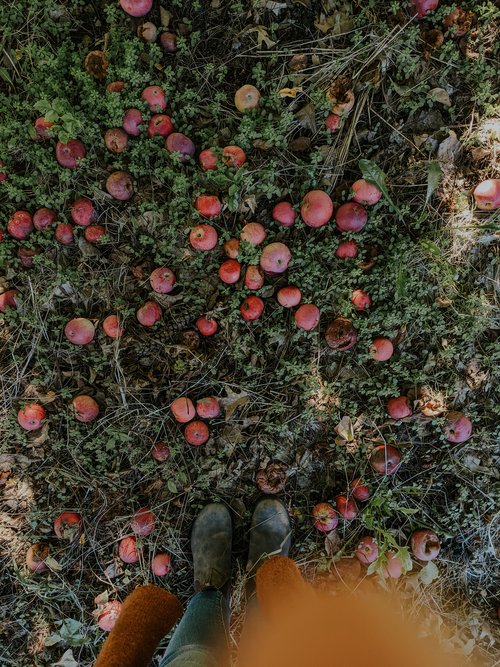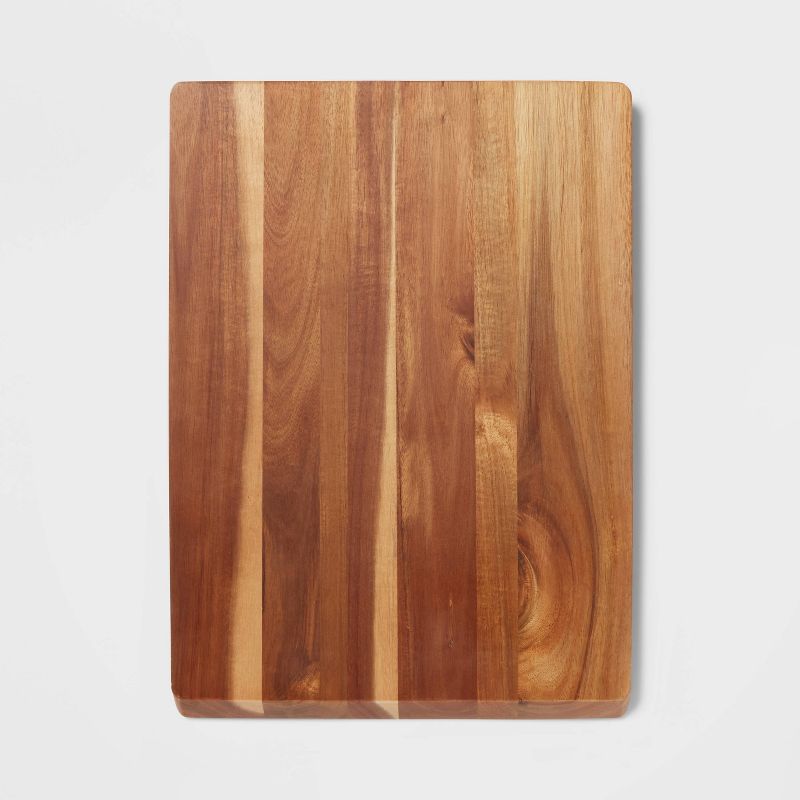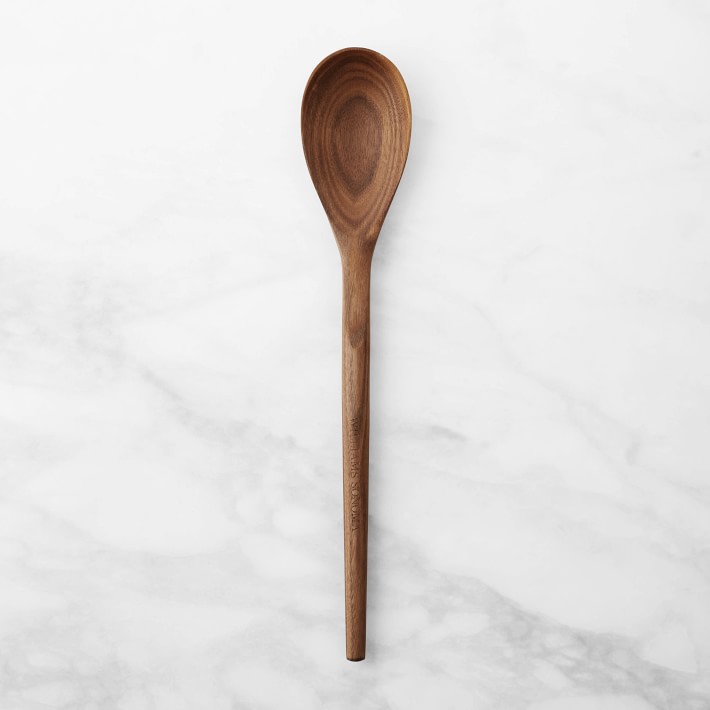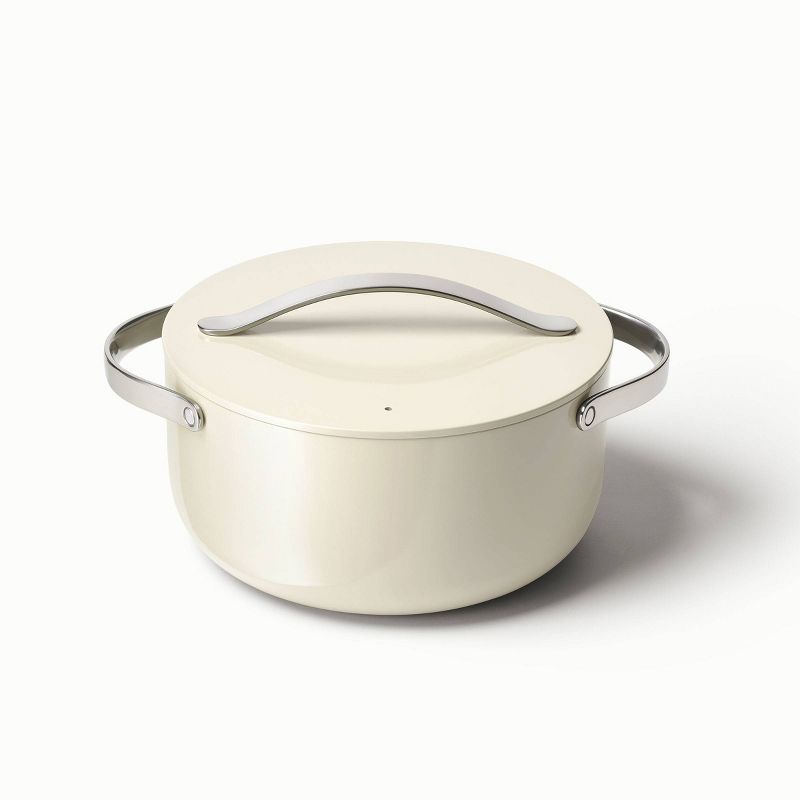Recipe: Mulled Apple Cider
The Cottage Peach is reader-supported. When you purchase through links on our site, we may earn an affiliate commission at no additional cost to you. All opinions are our own. Products in this post were gifted.
Apple picking in our family often ends with us clutching blazing hot to-go cups of apple cider in an attempt to warm our numb fingertips while we sit between the apple trees, burning our tongues on the first sips impatiently taken before our mugs have a chance to cool. The bees are drawn to the sweet smell surrounding us and we listen to their buzzing song as we watch the people around us climb atop each other’s shoulders to reach the best apples at the very top of the tree.
As the days of apple-picking fade away, local farm stands are still stocking their shelves with the rich taste of fall in the form of fresh pressed apple cider waiting to be transformed into a hot mulled cider beverage made for fall days. November is a time to begin intentionally seeking connection with family and friends, and oftentimes that connection comes over the stovetop, making mulled cider together as the warm scent of apples fills your home.
How is apple cider different from apple juice?
According to Southern Living, “Apple cider is fresh, unfiltered, and often unpasteurized. It's also considered a seasonal drink and can be hard to find outside of the autumn months. Apple juice, on the other hand, is filtered and pasteurized, which gives it a longer shelf life, a sweeter taste, and a smoother texture.” so, it’s safe to say that apple cider is NOT the same as apple juice.
To me, there is no comparison between apple cider and apple juice. Apple juice is, at best, the bland counterpart of the richly flavored and fresh apple cider. I almost never keep apple juice in our refrigerator, but if apple cider were available year round I can almost guarantee a jug or two would find its way into my cart each time that I shop.
The taste of apple cider is much fuller and richer than apple juice. Apple cider tastes just like eating a whole apple, with a bit of extra tanginess from the oxidation process.
Why is apple cider brown?
Apple cider is brown because of enzymatic (polyphenol oxidase) reactions that occur in the presence of oxygen. Tiny apple solids floating in the juice turn color when exposed to air, giving cider that gorgeous caramel color and opaque look. Just like an apple begins to brown once it is cut, cider turns brown as the apples are pressed in the apple presser and are exposed to oxygen. This reaction also contributes to the depth of flavor that is present in apple cider.
On a related note, if you are slicing apples for a garnish tray to serve beside your mulled cider and need to keep them from browning before your guests have a chance to dig in all you need to do to keep your apples from turning brown is to soak the cut fruit in a saltwater solution (half a teaspoon of kosher salt per cup of water) for 10 minutes, then drain and store until ready to use. I promise you can’t taste any lingering saltwater flavor at all!
How is apple cider made?
Traditionally, apple cider is made at your local orchard by pressing fresh apples in an apple press, which crushes the apples into a mash or pulp. There are a variety of different styles of apple presses, from small countertop units you can operate by hand to professional grade equipment used by larger operations.
Can you make apple cider at home?
Yes! Many people use their countertop juicing appliance to make fresh apple cider at home. Since the resulting product is unfiltered and unpasteurized, it is considered cider even though you are using a juicer to make it. If you don’t have a juicer, you can throw your chopped apples in a blender and then strain out the pulp using cheesecloth. To make hot apple cider just transfer the strained cider to a sauce pan and heat on medium low until warm.
Why should you buy local cider?
The reasons to purchase your apple cider from a local farm are endless. Your local farm will almost certainly carry apple cider in the fall, whether they have an orchard and press of their own or partner with another local farm that may be further afield. Farms rely on seasonal income from fall activities like hayrides and corn mazes to keep themselves afloat during the winter months when their income is severely reduced or eliminated completely, so supporting your local farm all the way up until their closing date by purchasing any items for your fall activities from them can be a great help. When we buy local produce and groceries, we can be certain that the products on the shelves are as fresh as can be and generally of a much higher quality than is available in the supermarket.
Mulled cider spices
My favorite thing to do with my local apple cider is to make a big pot of hot mulled cider on the stovetop. This not only results in a delicious drink to gather around and share with all of your friends and family, but fills the space with a warm and cozy aroma.
When I’m feeling too achy and fatigued to participate in more involved fall traditions and cooking, mulling cider is a mostly hands-off way I can celebrate the autumn season without draining myself of my limited energy. Since I’m always looking for ways to enjoy seasonal living while being mindful of my own limitations living with chronic illness, mulled apple cider is the perfect way to respect my capabilities.
Hot mulled apple cider is special, because we only get to enjoy it for a small window of time each season. Let this be a drink that opens the door to celebrating seasonal living this fall in your home. This scent experience can be enhanced by incorporating different combinations of spices and fruits into your spiced cider recipe. This is a case where more is definitely more, so don’t feel the need to hold back in creating your flavor combinations.
Some spices and fruits to consider using in your hot mulled cider beverage:
Whole cloves
Cinnamon sticks
Allspice berries
Fresh ginger
Star anise
Allspice
Nutmeg
Cardamom pods
Coriander
Oranges
Lemon
Cranberries
Apples
So why should you make mulled cider on the stovetop rather than the slow cooker? While I encourage you to utilize whatever cooking methods you need to in order to support your own body’s limitations, I consider the stovetop version to be an easy way to practice some mindfulness in my day. Simmering your hot apple cider on the stovetop forces you to pause and be present. Sometimes, coming off of autopilot is the best way to fully appreciate the brief beauty of fall in all its glory before it is time to move on to our long winter. So, pull up a chair if you need to, chop your fruits at the table while sitting down and truly allow yourself to savor the experience - from the fresh scent of citrus as your knife cuts into the rind, to the crunch of apples slicing.
Of course, when you’re finished making my best mulled cider recipe, the mug you choose to enjoy it in can be equally as important in determining how cozy of an experience you create. I like to put out an array of handmade ceramic mugs for my guests to choose from, alongside a tray with additional fruits they can add as a garnish to their drink. Make this mulled cider as the perfect refreshment for your Thanksgiving gatherings!
What does “mulled” mean?
To mull cider means to heat, sweeten, and flavor with spices for drinking. You can also mull ale, and wine. Changing the temperature of your beverage and adding spices increases the depth and complexity of flavor, as well as adding a warming element to bring coziness to your gathering.
How long does mulled cider keep?
You can cool and refrigerate your mulled cider for up to 3 days to be reheated another time. You should not keep it in a sealed bottle - since apple cider is usually not pasteurized it may ferment and cause the bottle to explode.
How to make mulled cider

Hot Mulled Apple Cider Recipe
Ingredients
- 1 gallon apple cider
- 2 Apples, sliced
- 1 Orange, sliced
- ½ Cup cranberries (fresh or frozen is fine)
- ½ cup maple syrup
- 2 tbsp lemon juice
- 4 cinnamon sticks
- 8 whole cloves
- 8 whole cardamom pods
- Large dutch oven or soup pot
- Wooden spoon
- Knife
- Cutting board
Instructions
- Measure out your spices into the bottom of the Dutch oven and toast them on low for one minute to bring out the flavors, being careful not to burn.
- Slice the orange and apples.
- Add the fruit and apple cider to the Dutch oven and bring to a simmer. You don’t want to turn the heat too high as it may cause the cider to separate (this won’t affect the taste just the appearance)
- Cider can be mulled at a low temperature for up to 4 hours or at a simmer for about 1 hour, depending on your preference.
- Ladle into festive glasses or mugs and enjoy with fruit and cinnamon sticks to garnish!
Nutrition Facts
Calories
178.7Fat
1.16Sat. Fat
0.34Carbs
39.58Fiber
2.11Net carbs
37.45Sugar
32.13Protein
3.66Sodium
21.68Cholesterol
9.18










